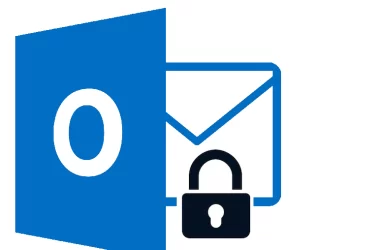In today’s fast-paced world, the ability to capture, organize, and retrieve information efficiently is paramount. As the digital landscape continues to evolve, note-taking tools have become essential companions for students, professionals, creatives, and anyone seeking to manage their thoughts and ideas. Obsidian, with its innovative approach to note-taking, has garnered a dedicated following. However, the ever-expanding realm of technology offers a diverse array of Obsidian alternatives, each with its unique strengths and capabilities. In this comprehensive guide, we embark on a journey to explore the realm of Obsidian alternatives, helping you discover the ideal note-taking tool that aligns seamlessly with your needs and preferences.
Unveiling the Features and Limitations of Obsidian

Before delving into the realm of Obsidian alternatives, let’s take a moment to appreciate Obsidian’s features that have earned it a dedicated user base. Obsidian presents a note-taking experience that transcends traditional linear thinking. Its bi-directional linking system empowers users to create intricate webs of interconnected ideas. By effortlessly linking related concepts, users can navigate through a tapestry of knowledge, fostering a deeper understanding of the relationships between various notes.
Features of Obsidian:
1. Bi-Directional Linking
Obsidian’s hallmark feature enables users to establish two-way links between notes, creating a dynamic network of connections that fosters comprehensive insight. These links serve as pathways, enabling seamless exploration of related concepts and ideas. Whether you’re studying intricate academic subjects or brainstorming creative projects, bi-directional linking encourages holistic comprehension.
2. Markdown Support
Beyond its linking prowess, Obsidian streamlines content creation through its robust Markdown support. Markdown allows you to focus on expressing ideas without the distraction of complex formatting. Utilize simple syntax to create headings, lists, and emphasis, transforming your raw thoughts into well-structured notes with ease.
3. Customizable Workspace
Recognizing that personalization enhances the note-taking experience, Obsidian empowers users to craft their digital sanctuaries. Themes and plugins offer a canvas for self-expression, allowing you to tailor the interface to resonate with your creative sensibilities. The customizable workspace breathes life into your note-taking environment, making it an extension of your thought process.
Limitations of Obsidian:
1. Learning Curve
While Obsidian’s innovative approach offers immense potential, its unconventional features may pose a learning curve, especially for users accustomed to traditional note-taking methods. Exploring bi-directional linking and Markdown may initially require an adjustment period as you familiarize yourself with their applications.
2. Local Storage Emphasis
Obsidian primarily relies on local storage, granting users control over their data. However, this emphasis on local storage may present challenges in terms of accessibility. Seamless synchronization across multiple devices might necessitate additional configurations, potentially limiting your ability to access notes on the go.
The Need for Exploring Obsidian Alternatives

As diverse as the user base is, so are the needs and preferences of individuals seeking the perfect note-taking tool. While Obsidian offers a captivating experience, there are instances where exploring Obsidian alternatives becomes imperative. The journey of exploration unveils tools that resonate more profoundly, aligning with specific workflows, collaborative demands, or aesthetic sensibilities.
1. Enhanced Collaboration
Collaborative projects thrive on tools that facilitate real-time interaction, shared annotations, and effortless teamwork. While Obsidian encourages individual exploration, Obsidian alternatives like Notion and Evernote excel in collaborative environments. These platforms introduce features that enable simultaneous editing, commenting, and discussion, making them ideal choices for group brainstorming and project management.
2. Tailored Interfaces
Aesthetic and functional preferences vary. Exploring Obsidian alternatives may lead to discovering interfaces that intuitively mirror your thought process. Roam Research, for instance, offers an uncluttered interface that seamlessly aligns with the flow of your ideas. Its focus on interconnectedness enhances creativity, allowing your thoughts to evolve organically.
3. Cross-Platform Accessibility
In a world of constant movement, tools offering synchronization across devices and platforms empower you to access your notes from any location. OneNote’s integration with Microsoft’s ecosystem ensures that your notes are seamlessly accessible across devices, whether you’re using a computer, tablet, or smartphone. This cross-platform accessibility ensures that your note-taking journey remains uninterrupted, regardless of your device choice.
4. Specialized Functionality
Depending on your profession or project, certain Obsidian alternatives may offer specialized features that cater precisely to your needs. Zettlr, designed with academics and researchers in mind, enhances scholarly pursuits by facilitating the management of citations, references, and academic writing. Its focus on academic excellence streamlines the research process, providing an invaluable tool for those in educational or research-oriented fields.
5. Innovative Advancements
Technological progress introduces new paradigms. Exploring Obsidian alternatives ensures you remain at the forefront of innovation. Turtl’s emphasis on privacy and security resonates with users who prioritize safeguarding their digital notes. The integration of end-to-end encryption guarantees that your sensitive information remains confidential, aligning with contemporary privacy concerns.
What Sets Obsidian Alternatives Apart
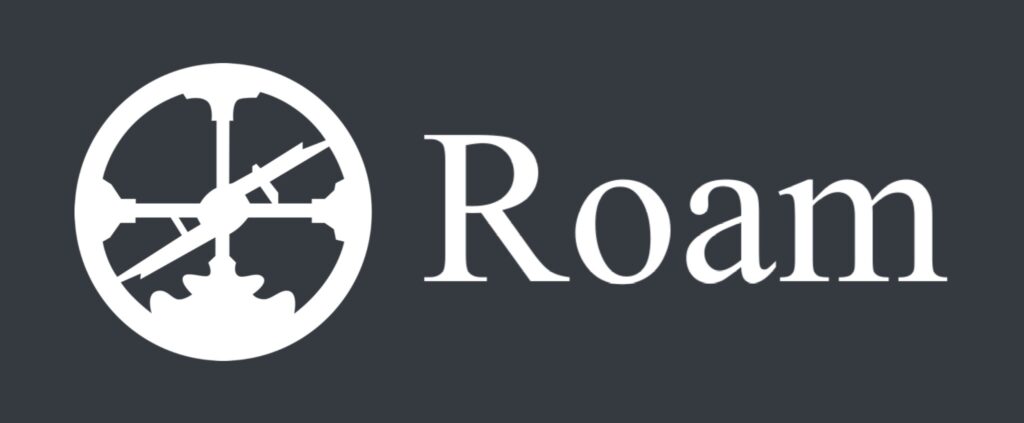
Diving into the realm of Obsidian alternatives is akin to exploring a treasure trove of diverse note-taking gems. Each Obsidian alternative presents a unique blend of features and capabilities, promising to elevate your note-taking experience to new heights.
1. Roam Research: Cultivating Interconnected Knowledge
Roam Research stands as a testament to the power of interconnected knowledge. Its bi-directional linking, akin to Obsidian, allows for the creation of a web-like structure of notes. However, Roam Research infuses an additional layer of dynamism by enabling you to traverse through the interconnected web effortlessly. As you navigate through related concepts, the web expands, unveiling a rich tapestry of insights. This fluid exploration encourages a nonlinear thought process, sparking creativity and fostering a deeper understanding of complex subjects.
2. Notion: A Versatile Collaborative Workspace
Notion takes note-taking to the next level by transcending its traditional boundaries. It seamlessly integrates note-taking, task management, databases, and more, effectively becoming a digital command center for your life. Notion’s versatility shines as it accommodates various content types within a single workspace. Create project plans, manage to-do lists, outline articles, and curate resources—all within a unified environment. The drag-and-drop interface empowers you to customize layouts, organize information intuitively and amplify collaboration within teams.
3. Bear: Elegance in Simplicity
For those who appreciate simplicity, Bear emerges as a notable Obsidian alternative that marries elegance and functionality. The clean, distraction-free interface serves as a canvas for your thoughts, allowing them to flourish without the noise of excessive features. Markdown support further streamlines content creation, enabling you to structure your notes effortlessly. Bear’s nested tagging system introduces a layer of organization, creating a hierarchy that mirrors the way you think. Whether you’re compiling research, drafting articles, or capturing creative inspirations, Bear’s minimalistic charm encourages focused note-taking.
4. Evernote: The Quintessential Note-Taking Veteran
Evernote’s longevity in the note-taking landscape is a testament to its enduring relevance. Beyond its longevity, Evernote excels in versatility, accommodating a diverse range of media types and note formats. Capture audio recordings, snap photos, clip web articles, and annotate PDFs—all seamlessly integrated within your notes. The ability to search handwritten notes and recognize text within images enhances accessibility, making information retrieval a breeze. Evernote’s robust synchronization ensures that your notes remain harmonized across devices, enabling you to transition from your desktop to your mobile device seamlessly.
5. OneNote: The Microsoft Ecosystem Ally
OneNote stands as a loyal companion to those deeply entrenched in the Microsoft ecosystem. Its seamless integration with Microsoft Office applications creates a cohesive environment for your note-taking and document-creation needs. Each notebook serves as a digital canvas, accommodating a wide variety of content, from text and images to audio recordings and attachments. The intuitive hierarchical structure promotes organization, ensuring that your notes remain easily navigable. Collaborative features, such as shared notebooks and real-time co-authoring, enhance teamwork, making OneNote an indispensable tool for both personal and professional use.
6. Turtl: A Sanctuary for Privacy-Conscious Note-Takers
In an era where data privacy is paramount, Turtl emerges as a haven for those who seek to protect their digital notes from prying eyes. End-to-end encryption transforms Turtl into a secure vault, shielding your confidential information with an impenetrable digital cloak. Your notes remain encrypted both in transit and at rest, ensuring that sensitive data remains inaccessible to unauthorized parties. Beyond its robust security measures, Turtl embraces accessibility, enabling you to access your encrypted notes from any device, all while maintaining the highest standards of data protection.
7. Workflowy: Streamlining Thought Organization
Workflowy, with its minimalist design, caters to individuals who value the art of simplicity in note-taking. The tool excels in structuring thoughts, making it an ideal platform for brainstorming, outlining, and organizing ideas. Each bullet point serves as a canvas for your thoughts, and the hierarchical nature of the interface promotes nesting, allowing you to delve into levels of granularity. Whether you’re planning projects, creating to-do lists, or unraveling complex concepts, Workflowy’s uncluttered interface fosters focused note-taking, enabling you to capture ideas as they flow seamlessly.
8. Simplenote: Effortless Note-Taking, Uncompromised Productivity
Simplenote lives up to its name by embodying the essence of effortless note-taking. The minimalist design emphasizes a distraction-free environment, allowing you to channel your focus solely on the act of capturing thoughts. The seamless synchronization across devices ensures that your notes are harmonized in real-time, enabling you to seamlessly switch between your devices without missing a beat. Markdown support enhances formatting options while maintaining simplicity, making Simplenote a versatile tool for capturing everything from quick ideas to detailed project plans.
9. Zettlr: Elevating Academic Pursuits
Zettlr caters to the academic and research community, providing a specialized toolkit designed to elevate scholarly pursuits. Its robust features for managing citations, references, and academic writing seamlessly integrate into your note-taking process. Zettlr supports various citation styles, facilitating the generation of bibliographies and ensuring academic integrity. The Markdown-based approach harmonizes content creation with formatting, streamlining the scholarly writing process. Zettlr’s integration with academic databases further enhances research efficiency, making it an indispensable ally for students, researchers, and educators.
10. Joplin: Open-Source Empowerment
Joplin’s open-source nature empowers users seeking customization, flexibility, and control over their note-taking experience. Beyond its open-source foundation, Joplin boasts robust features that resonate with a diverse audience. Markdown support allows for structured content creation, while synchronization ensures your notes remain harmonized across devices. The encryption of notes adds an additional layer of security, safeguarding your information from unauthorized access. Joplin’s extensible architecture invites community-contributed plugins, enabling you to tailor the tool to your unique workflow.
Factors to Consider While Choosing the Perfect Obsidian Alternative
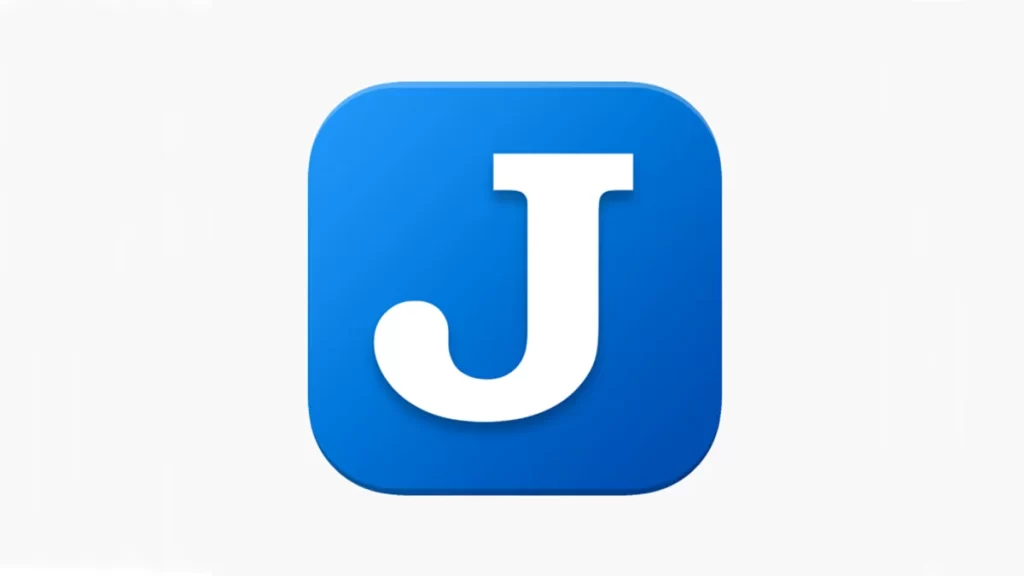
Selecting the ideal note-taking tool requires a deliberate assessment of your unique needs and workflow. The decision-making process involves a harmonious interplay of several critical factors, each contributing to your overall note-taking experience.
1. User Interface and Experience
A user-friendly interface paves the way for seamless note-taking, ensuring that your focus remains on capturing ideas rather than navigating complex menus. The intuitiveness of the interface impacts your efficiency and comfort, allowing you to interact with your notes effortlessly.
2. Collaboration Capabilities
For projects requiring collaboration, seek tools that enable real-time co-authoring, shared annotations, and effortless interaction. The collaborative features enhance teamwork and streamline communication, making group projects and brainstorming sessions more productive.
3. Accessibility and Synchronization
In a world of constant movement, tools offering synchronization across devices and platforms empower you to access your notes from any location. The ability to seamlessly transition between devices ensures that your note-taking journey remains uninterrupted, whether you’re at your desk or on the move.
4. Privacy and Security
The importance of data security cannot be overstated. Opt for tools that prioritize end-to-end encryption and robust security measures, safeguarding your sensitive information from potential breaches.
5. Customization and Flexibility
Personalization enhances the note-taking experience by allowing you to mold the tool to your preferences. Seek platforms that offer themes, plugins, and customization options, transforming the tool into an extension of your creativity.
In Conclusion
Obsidian has undeniably pioneered a unique approach to note-taking, sparking a wave of innovation in the field. However, the quest for the perfect note-taking tool transcends the confines of a single option. The vast landscape of Obsidian alternatives caters to an array of preferences, from the interconnected tapestries of Roam Research to the versatile workspaces of Notion. As you embark on your exploration, remember that the journey itself enriches your understanding of what it means to capture and nurture ideas in the digital age. May your note-taking endeavors be elevated by the power of choice, and may you find an Obsidian alternative that seamlessly aligns with your creative vision.




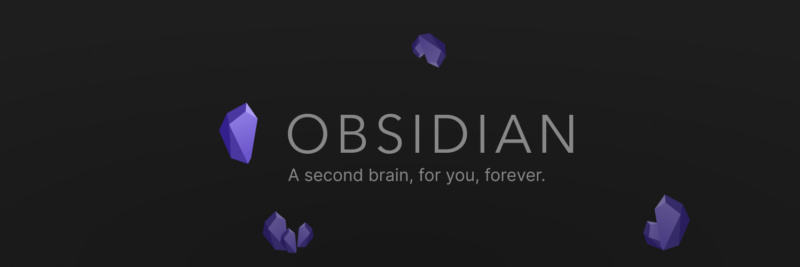


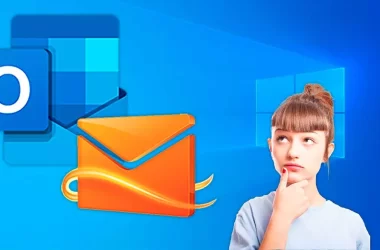
![[pii_email_5dd89c8e90d27f1ae0d3] Error](https://rocketfiles.com/wp-content/uploads/2023/03/Fix-pii-email-5df70dfa05d9b2c10f6d-Error-Code-on-MS-Outlook-380x250.jpg)
